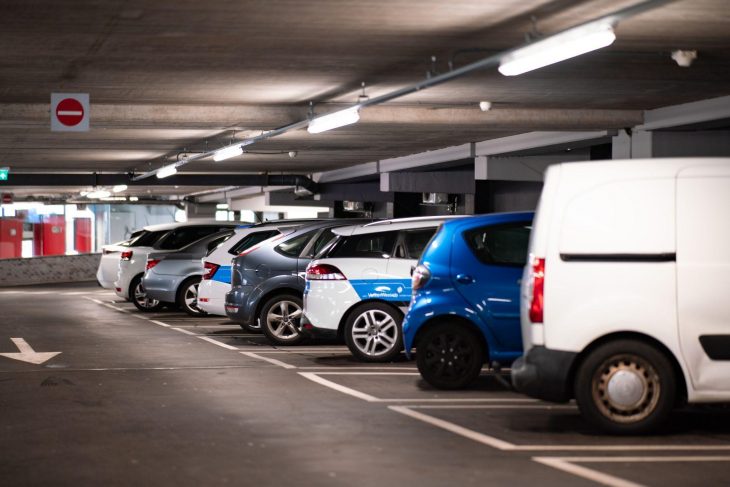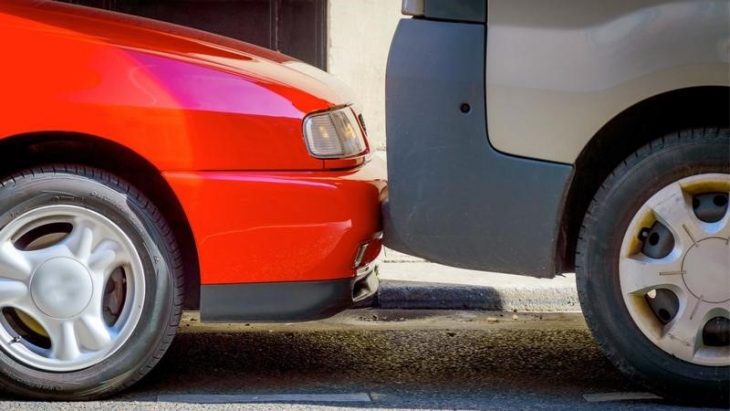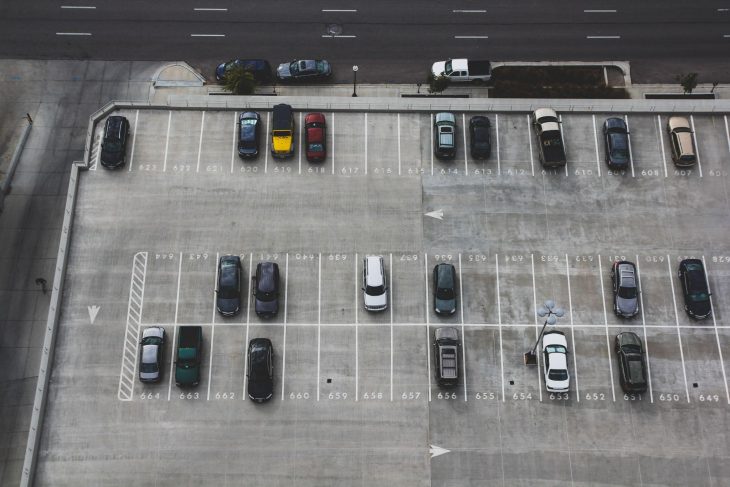Bob Bratt as industry professionals like to define them jokingly, parking lots are a genuine trial for each driver’s navigational skills and patience. Cars are on the constant move – in and out, the driver of the vehicle in the front might be waiting for another driver to back up so they can poach the parking spot, and shoppers with filled carts and regular pedestrians are all potential parking lot hazards to avoid.
Now that we’re approaching the worst time of the year for driving—the holiday season, the streets will be packed with holiday shoppers while impatient drivers navigate their way around parking lots searching for that parking spot closest to the entrance of their favorite mall or shop. Furthermore, you might be amazed to learn that one in five car accidents happen in parking lots. Luckily, due to low speed, injuries in parking lot accidents tend to be minimal and are easier to avoid.
What’s interesting about parking lot accidents, because they usually happen on private properties, most people believe that parking lot accidents are 50-50 in terms of fault. That’s furthest away from being the truth, though. The truth is that the same fault determination rules apply to accidents in parking lots as they do in collisions on a roadway, for which you can read more here, including the penalties for moving violations accrued. And just as there are rules on the open road, there are rules that apply to parking lots.
In this brief article, we’ll take a closer look at the most common parking lot collisions and provide an answer to the most important question: whose fault is it?
Rear-End Collisions In Parking Lots
The fault standards in a rear-end car collision are the same regardless of where the crash occurs; the tailing driver is almost always held liable for provoking the accident. It’s entirely their legal obligation to keep a safe distance from the leading vehicle, and the failure to do so can be considered negligence and lead to a fault-finding. Even in parking lots, if the leading driver comes to a stop, the tailing driver will almost always be considered at fault if they crash with the leading vehicle’s rear bumper.
A Moving Driver Hits A Legally Parked Car
This is perhaps the most usual and ordinary parking lot collision. Besides the obvious example where a moving car hits directly into a legally parked vehicle, this type of parking lot collision also includes dinging your neighbor’s vehicle while opening your door and similar mishaps. In all these instances, the moving driver will be judged to be at fault.
However, suppose you happen to hit illegally parked car in California, for example. In that case, you might want to talk with a local car accident lawyer to evaluate the circumstances of your case and protect your rights and get you compensated by the illegally parked car driver’s insurance company.
Parking Lots And Right-Of-Way Rules
There are many car lanes in an ordinary mall or office building parking space with vehicles parked on both sides, plus middle or through lanes around the parking space’s perimeter, from which cars enter the designated parking lanes.
In general, the cars in the middle lanes have the right of way, and vehicle drivers who approach the through lanes from the parking lanes have to give the right of way to drivers in the middle lanes. So, if a chauffeur pulls onto a middle lane as they’re trying to exit a marked parking lane and collide with another car traveling in the middle lane, the driver leaving the parking spot will presumably be deemed at fault for the collision.
Parking lot owners can talk to white line contractors to help create necessary bays and arrows for drivers to follow when parking up and for additional safety features.
Left Turn Collisions In Parking Lots
The same applies to left-turn collisions, i.e., when a car driver tries to pull into a parking spot by turning left but fails to do so cautiously and crashes with another vehicle coming down the parking lane from the opposing direction. In such a situation, the turning driver was unable to observe the right-of-way and would be deemed at fault for the collision of the parking lot.
Pulling Into And Out Of Parking Spots
Besides collisions that occur in a parking space’s middle and parking lanes, accidents also happen when two cars are backing out of their parking spots on opposite sides of the same parking lane. In this setting, the fault may be tricky to determine since, under the legal doctrine of negligence, both cars must ensure that it’s reasonably safe to back into the lane of travel.
So, when one driver has started to back up, the other car’s driver should take reasonable care to monitor the other moving vehicle and wait before exiting the parking spot. If the driver doesn’t do so and hits the other moving car, they will likely be deemed at fault for the collision. Sadly, “simultaneous backup” instances seem to be the most frequent type of parking lane collisions, so you shouldn’t assume that you’re at fault just because you backed into another vehicle while leaving your parking spot.
Final Words
If you ever find yourself in a parking lot collision, you ought to take the same steps as you would in any other road accident. The most important thing is to hire an auto accident attorney to ensure that your role in the collision is assessed fairly and you get compensated for your damages.











